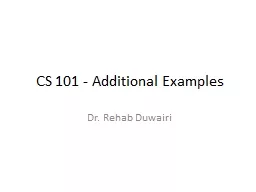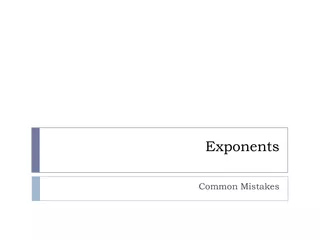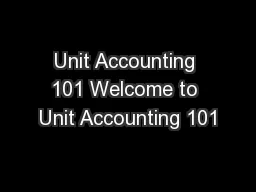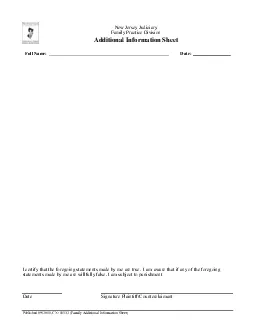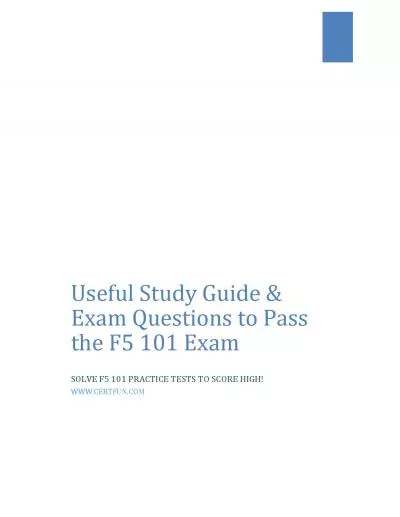PPT-CS 101 - Additional Examples
Author : yoshiko-marsland | Published Date : 2018-02-11
Dr Rehab Duwairi cinget Assume you have the following input stream A 25 You want your program to store A in ch1 Blank in ch2 and 25 in num If you write cin gtgtch1gtgtch2gtgt
Presentation Embed Code
Download Presentation
Download Presentation The PPT/PDF document "CS 101 - Additional Examples" is the property of its rightful owner. Permission is granted to download and print the materials on this website for personal, non-commercial use only, and to display it on your personal computer provided you do not modify the materials and that you retain all copyright notices contained in the materials. By downloading content from our website, you accept the terms of this agreement.
CS 101 - Additional Examples: Transcript
Download Rules Of Document
"CS 101 - Additional Examples"The content belongs to its owner. You may download and print it for personal use, without modification, and keep all copyright notices. By downloading, you agree to these terms.
Related Documents

